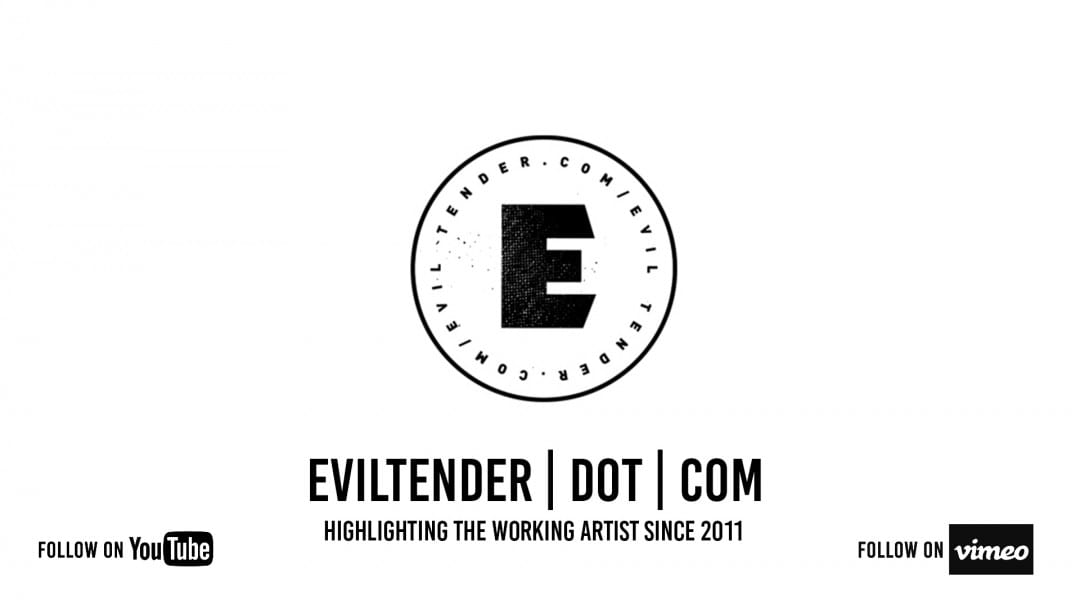
The 2015 film The Vvitch follows a family building a new life in the woods of 1600s New England. Writer and director Robert Eggers drives the film forward with a intense streak of Calvinist Puritanism and a heavy dose of folkloric belief in witchcraft and demonic possession. To set the reader up for the experience, in A24‘s edition of Eggers’s screenplay for the film, Eggers opens with this:
To The Reader:
This is a tale of witchcraft, told as a simple family of seventeenth-century New England might have believed it to be. All of their folkloric and religious beliefs in this film, are true. It was inspired by various folktales, fairy tales and recorded accounts (journals, diaries, court records, etc.) of historical witches and possessions from New England and Western Europe before the Salem outbreak in 1692. Much of the dialogue, in fact, comes directly from those sources.
It is essential that all aspects of the film be carried out with utter naturalism. The characters must appear as real farmers, not actors with dirty faces. Even the supernatural elements must be photographed as realistically as possible. Yet, with all this authenticity and “realism,” it is still a folktale, a dream, A nightmare from the past.
At the center of the film is the eldest daughter in the family, the teenage Thomasin. Eggers reveals the harsh boundaries of Thomasin’s physical and spiritual existence, traversing the darkness of demon-belief and the strain of unwavering guilt and shame born of the dogmatic religious doctrine of her time.
In her illustrated poster for the film released by Mondo and The Vacvvm, artist and printmaker Jes Seamans finds the earthbound magic of Eggers’ film through Thomasin’s adolescent gaze. In the film the camera follows Thomasin, but Seamans opts to not show her face. The artist shares, “I immediately had a vision for what I wanted it to look like and it didn’t involve her face. It’s a movie about her, or maybe about girls coming into sexual maturity in a culture that’s terrified of girls and women generally. My sense is that there are a lot of ways to interpret the movie, but that was mine.”

‘The VVitch’ Regular Version (L) and Variant Version (R) by Jes Seamans / Landland for Mondo x A24
In Seamans’ illustration Black Phillip matches our stare, his eyes laconic and inviting us and Thomasin into his space. He is offering a different path, one filled with all that Thomasin has been denied and has prayed for protection against. In the bevy of illustrated posters that exist for for The Vvitch, Black Phillip is the popular center. Seamans avoids treating the black billy goat as a simple icon of evil but builds from the film’s narrative — Black Phillip as an antagonist set against the pure and naive Thomasin.
Seamans puts the viewer in Thomasin’s eyes, explaining, “I was actually making the poster from her point of view. That’s her hand in the foreground on the tree. I don’t know if it’s because I’m a rare woman making posters or if it’s just how I’m naturally oriented, but because (beautiful) women’s faces and bodies are so heavily relied on to sell things and get attention, I am always going into image design thinking about how to circumvent the sort of obvious male-gaze solution. So, in my mind, because this movie is SO much about Thomasin, I was thinking about entering the world of the film through her eyes.”
As for Black Phillip himself, Seamans instills in him the proper weight of Eggers’ vision. The artist elaborates, “Black Phillip represents her sexual awareness, sexual awakening, and a desire to live beyond the repressive expectations of her religion and her family. I wanted him to look seductive. I wanted it to be we’re seeing through her eyes, seeing this seductive goat beckoning her to a life with more or even any physical pleasure, and beyond him is the seductive woods, the deep dark seductive woods full of who knows what, but don’t they look inviting? It’s the immediate physical world vs. whatever you call the religious one where you deny all pleasure in service of whatever comes after you die.”
Seamans’ poster acts a portrait of Thomasin’s future, the path she takes into adulthood. The colors are earthly, the mark-making clearly human and organic. Framed it stone carvings, the poster stands as monument to Thomasin’s growth into womanhood, or as a marker of the final resting place of her God-fearing soul.

‘The VVitch’ by Jes Seamans / Landland for Mondo x A24
